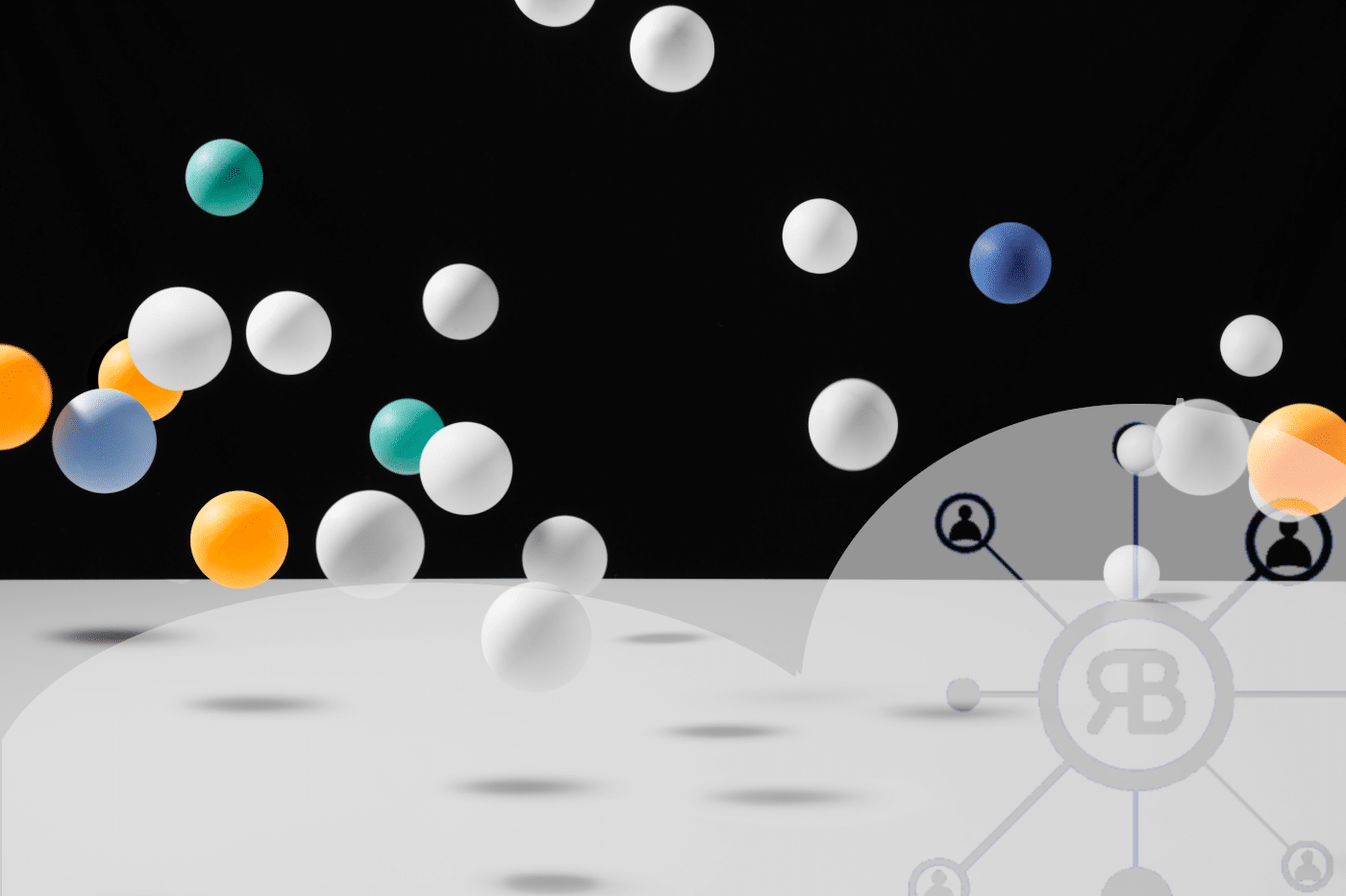A CDN (Content Delivery Network) is a platform comprising several servers distributed in different geographical areas. It allows minimizing the loading time of the content of the pages. To do this, it will reduce the physical distance between the server and the user. This allows users from all over the world to view the same high-quality content without having to endure long loading times.
Without a CDN, the origin servers where the content is stored must respond to every end-user request. This results in a lot of traffic. This will increase the risk of origin failure if traffic spikes are excessively high or if the load is persistent.
By responding to end-user requests, a CDN offloads traffic from content servers. In addition, it improves the web experience. This benefits both the content provider and its end users.
Why use a CDN?
CDNs offer a simple way to increase the speed of your website while reducing latency. They are therefore essential for the fast, efficient, and secure delivery of content to users around the world. This content is not limited to just website content; it can also include videos, audio streams, applications, games, and operating system updates. With visitors’ attention spans shrinking by the day, it’s imperative to deliver content as quickly as possible…
As businesses grow online and the world gathers on the Internet to shop, connect and share, content providers face an increasing number of challenges, such as delivering different types of content, adapting content to different types of devices, … The inherent capabilities of a content delivery network mean that CDN providers are in a unique position to help businesses overcome these various media delivery challenges.
For nearly 20 years, CDNs have been the invisible backbone of the Internet. They deliver online content for retail, finance, healthcare, and other businesses around the world with speed and at scale.
For example, take a look at Amazon’s CloudFront CDN infrastructure. On this page, you’ll find a map showing where an individual or multiple servers are installed. Users requesting data will be directed to the nearest CDN server, providing the data as quickly as possible. This system is fast enough to handle any type of data, from scripts to images to live video from a service like Twitch.
In a nutshell, a content delivery network (CDN) is a set of servers (called “PoPs” or Points of Presence) distributed around the world that delivers web pages close to the user’s location. In practice, CDN is the tool that can turn your cheap and inferior hosting plan into a high-quality one.
All this is a simplification of the real situation, of course. It’s superficial, but it’s close enough to the basic concept that you can see how it could speed up web browsing for users around the world. So what is the impact on your website’s SEO?
The benefits of CDN for SEO
Page load speed
The loading speed of a web page is definitely a ranking factor for search engines. The faster your website loads, the higher your likelihood of ranking well on the search engine page (SERP).
A CDN will dramatically increase the loading speed of your site. But this increase in load time may or may not have an impact on your ranking.
Let’s say your site’s server is based in Lille. Users in Lille will get the fastest loading time. Those in Perpignan or Brest will load more slowly, with a difference of a few milliseconds. Such a difference should not bother you. However, if the visits are made from abroad, from Yaoundé or Nouméa for example, things could change considerably.
With a CDN, your visitors in New Caledonia will load your website at almost the same speed as they load their local sites. This reduction will allow you to sell better and stand out from your competitors.
So why would you need to rank well in New Caledonia? If your company intends to expand into New Caledonia, such a move will have a profound impact on your sales. On the other hand, if you are a purely local business, such a feature might not be helpful to you. It is then going to be a positive for your international SEO.
Increased security of the CDN
Secondly, under certain circumstances, a CDN can increase security. This is because a CDN can return HTTPS addresses even if the rest of your site does not use SSL encryption.
SSL on your media also helps prevent malicious man-in-the-middle attacks, code injections, or corrupted media served by a server sending questionable transit. But, and it’s worth remembering, an HTTPS address is not a ranking factor according to Google, but can still provide some benefits (more on this in a future article).
Protect yourself against DDoS
Attackers may choose to use a denial of service attack. In this case, attackers can direct massive traffic to your website. The goal is to overload it and bring down the server, thus your online service. With a CDN, this traffic will be directed to the content delivery network which will often have a way to handle these attacks and protect your web application.
The potential risks of using a CDN
There are many advantages to using a CDN, but there are also some unique problems. Most of these are due to misconfiguration or misuse and can be mitigated.
Security warnings
First of all, you may encounter security problems between sites. These tend to occur if you use SSL on your site, but not on the CDN. A CDN can use encryption for the content it serves to a non-encrypted site, but not the other way around. If your site is encrypted, but links to unencrypted media, web browsers issue a warning. This can be especially damaging if your CDN is passing scripts; a cross-site script warning often blocks a site from loading completely.
Content duplication
Second, a misconfigured CDN can potentially cause duplicate content problems. However, this is quite rare! Most CDNs implement canonicalization of the content they host. At the very least, they have instructions for you to do so. If you’re experiencing duplication or Panda penalty issues from Google, chances are you can fix them with just a few configuration options.
Delayed loading
Third, a CDN can delay the loading of your site. This happens when you have to render-blocking support attached to the CDN. The user queries your web server looking to load the page. It starts loading the page. Then he has to wait for the CDN to respond before the page loads completely.
This is a sign of poor CDN implementation. When you load scripts or media, you want them to load asynchronously. This applies whether you use a CDN or not, by the way. You don’t want your blog post text to have to wait for an embedded video to load before it appears, do you? Loading content lazily is essential, whether you use a CDN or not.
Cost of a CDN
These days, most CDNs are pretty cheap, but still, have a cost. Even so, Amazon’s CloudFront is free for customers with less than 50GB of data transfer and less than 2,000,000 monthly requests.
That said, any expense is more than just an expense. If you’re operating on a tight budget, the cost of a CDN may not be something you want to afford. However, if you have a traffic spike and your host charges you for the extra bandwidth, a CDN could be cheaper than the fees the host charges you. This is certainly something you should consider.
Of course, there are free CDN options. A free CDN will not be as robust or as useful as a paid CDN. However, it is still an option if you have a limited budget.
Image Optimization
The fifth concern with CDNs is using a different domain for media. If your site is www.exemple.com, but your images are all from a different domain like CDN.example.com, some users become skeptical of the content. Others may have blocked cross-site media. Fortunately, for most modern CDNs, you can match your domain to the CDN. You essentially get a custom subdomain with CDN.example.com, so everything seems to load from your site. But that’s not really a problem.
Also, regarding image optimization, Google’s John Mueller reiterated that there’s no specific SEO benefit to hosting your images on your own domain name. You can host them on your domain name or on another domain name. This should not impact the image’s search engine ranking.
It doesn’t matter how you host the images, there’s no SEO-bonus for having them on the same host/domain. However, since changing image URLs is “hard”, I’d use your own hostname for the CDN (avoid https://t.co/Y1ND46l9ij and use https://t.co/fWMc6CFPZ0), so you can change CDNs.
— 🐐 John 🐐 (@JohnMu) March 5, 2019
*****
Setting up a CDN is a way to improve the loading speed of your website. Indeed, the content will load closer to the user, closer to the server where the robot crawling your site is located. This is a positive point for the development of optimal referencing. Nevertheless, to avoid problems, it is necessary to have a well-configured CDN.
If you want an SEO audit of your website or support to set up a CDN, we are at your disposal. You can contact our growth hacking agency.
Suivez-nous sur nos réseaux sociaux:





